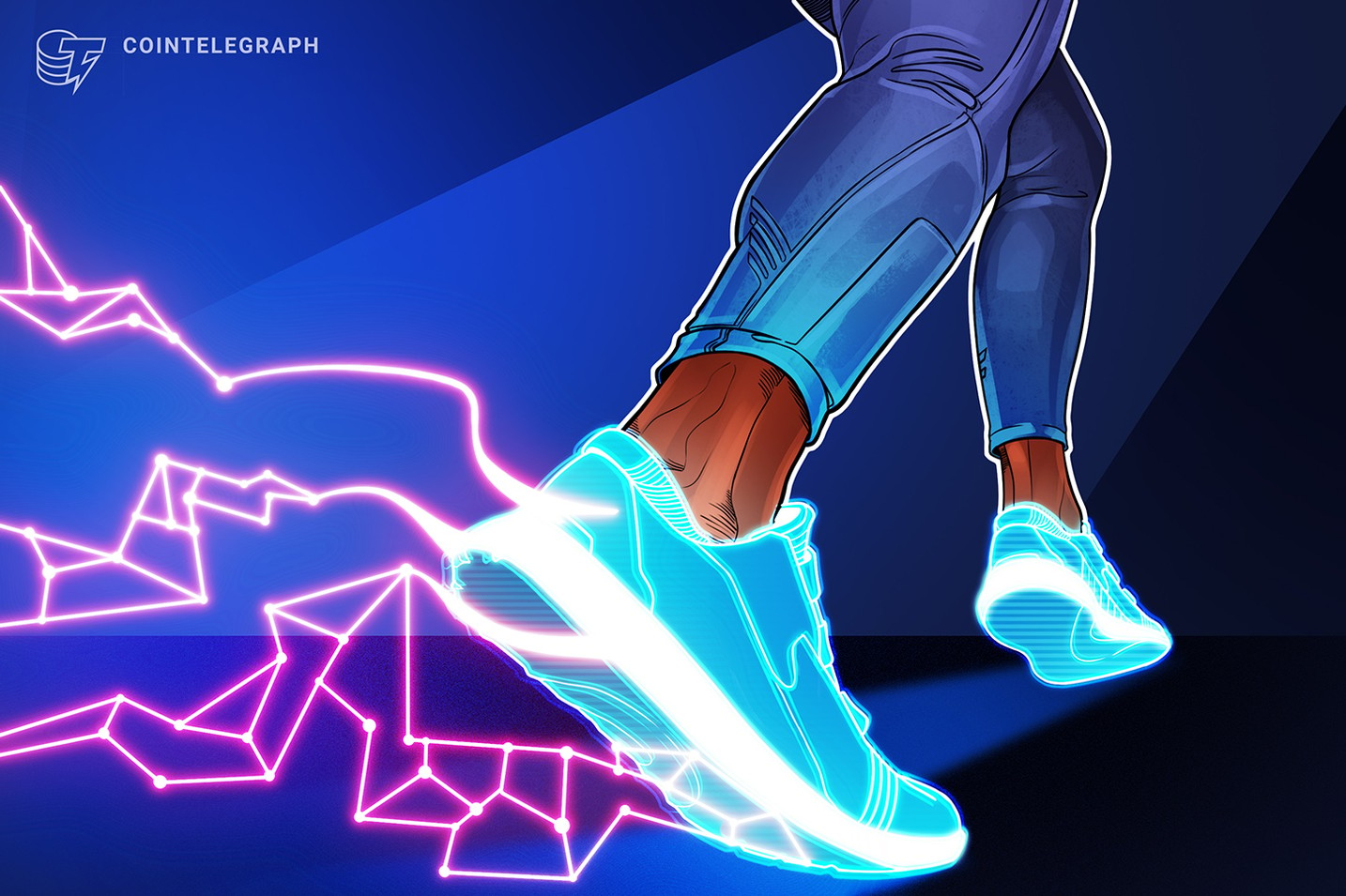
Despite Facebook’s new name, focus and billions in investment, the metaverse will emerge drastically different from its vision.
In changing the name of its parent company to Meta, Facebook put a stake in the ground: It would be the symbol of the evolution of the internet, the metaverse. Whether we liked it or not.
According to Meta, the metaverse is “a set of digital spaces to socialize, learn, play and more.” Its first true attempt came in the form of Horizon Worlds, a virtual reality universe so lifeless and devoid of content that it has people asking if the metaverse is a step forward or backward.
Thankfully, it won’t matter.
The metaverse, a term from long before Facebook existed, is happening. Its potential and draw are found in existing places — games like Fortnite, platforms like Roblox and online hubs like Discord. There will be no launch of the metaverse, no switch that turns it on. You’ve been experiencing parts of it whether you’ve realized it or not. More and more of your real-world identity has blended into your digital one. IRL to URL, and back again.
The metaverse isn’t what you’ve read
Pointedly, the metaverse isn’t what Meta says it is.
“A set of digital spaces to socialize, learn, play and more” accurately describes current apps and games, but this simplified definition has made the term “metaverse” synonymous with stilted software like Horizon Worlds, a painfully unimaginative 3D world with early 2000s-era graphics and plenty of space for ads.

For those not deep into the weeds of writer Matthew Ball’s precise definition, the metaverse can be thought of as a change in how we view and experience our digital lives — not a 3D world, but a shift into a more immersive, simultaneous, representative relationship between our physical and digital selves. The metaverse causes the line between the real and digital to blur, an evolution of the change triggered by the mobile internet.
So naturally, the metaverse won’t flourish because of Meta’s isolated, soulless dystopia. Nor will it do so in Decentraland’s attempt at creating a digital world, which fails to draw more attention than a mildly popular indie game after two years and billions of dollars in funding.
Related: Facebook is on a quest to destroy the metaverse and Web3
It’s no surprise: Horizon Worlds and Decentraland are competing with digital escapes that are exponentially more fun — games, movies and social networks.
And even more directly, they’re competing with the real world. If you’re telling people they’re going to work and play in the metaverse, it better offer something magical beyond their normal lives. Right now, the meatspace still wins. It’s not even close.
The metaverse needs magic
That magical feeling has always been present in games. Visiting your feline neighbor in Animal Crossing is infinitely more compelling than seeing your legless coworker at a conference table in Horizon Worlds. Making immersive experiences compelling requires that magic, and it’s hard to create a company culture that can build fun, perhaps impossible when your revenue is from driving more clicks — or whatever call to action exists in 3D.
3D platforms like Roblox and VRChat have instead built a path for creators to bring their own magic, albeit a narrow one. Spending time on VRChat vs. Horizon Worlds showcases the difference between a user-generated world and a corporate one. The former is human and surprising, while the latter is depressing and expected.
But creators must be motivated to create in a specific medium — and given the tools to do so. The old path to motivating creators with sponsorship is toxic and dying. Creative people don’t want to restrict their visions for corporate profits or limit their options by platform restrictions.
Fortunately, there is another way.
The metaverse needs ownership
Nonfungible tokens (NFTs) have largely been viewed as giving power back to the consumer, acting as a way for real ownership to be held by the collector, not the platform. And that’s all true.
But ownership has a different effect on creators: It motivates them. Rather than creating content for other platforms or ads for brands, their work is instantly and indefinitely monetizable. And in the rare but best-case scenarios, it’s handled in a truly decentralized way away from deception.
Decentralization and ownership provide that critical motivating factor for creators — the people who should be defining what the metaverse looks like. Tokenization sets creators free from the serfdom of today’s rent-seeking social networks (think of Instagram or Snapchat), allowing them to create and sell their work without needing to be sponsored by a brand to feed themselves. Protocols built for decentralization will be where creators naturally gravitate, creating avant-garde spaces and defining what creativity in the metaverse means. Gentrification can come later.
Related: Facebook and Twitter will soon be obsolete thanks to blockchain technology
Instead of giving power and freedom to creators, Meta is structured to think of ad revenue and brand partners first, a strategy that is actively hostile to creators and users at large.
A direct relationship between creators and their communities (an increasingly fuzzy distinction) creates a new trust, and the foundation for that relationship is what will usher in an awe-inspiring metaverse. The “gray space” where creators and communities meet — an idea embraced by David Bowie — drives an entirely different dynamic and experience than one where the core relationship of a platform is built on the relationship between the platform owner and its advertisers.

The metaverse needs context
Truthfully, creating that magic in the metaverse is challenging, even with digital ownership and the right motivation. Even the best 3D worlds and digital meeting places fail to connect meaningfully back to our real lives. NFTs have yet to impact the physical world beyond their financial impact. We haven’t brought URL back to IRL.
But the signs are there.
Related: Nodes are going to dethrone tech giants — from Apple to Google
Mixed reality games like Pokémon Go, which bring iconic digital characters into augmented reality, show a centralized approach to an immersive digital world built on the physical one. Tying our inherent connection to our digital collectibles, like Psyduck, back into our real lives is where the metaverse can reach new relevance.
Alone, the context-driven version of the metaverse is at risk of centralization and attention-economy economics, too — and must be paired with decentralization and a creator ethos. Empowering creators to define reality itself will bring about a future that enhances our lives instead of taking away from them.
The metaverse is happening
The metaverse is happening, and it won’t look like Meta’s version.
The metaverse is not a specific technology but an era where we have a changed perception of technology’s role in our lives. One where digital realities represent a larger piece of our shared reality and where purely using technology is replaced by creating, owning and experiencing it. The more tactile and connected to us that those digital realities become, the more real the metaverse is.
Protocols, not platforms. Creators, not brands. Context, not isolation. Principles and people will define this next evolution of the internet, and Meta is not the arbiter of either.
This article is for general information purposes and is not intended to be and should not be taken as legal or investment advice. The views, thoughts and opinions expressed here are the author’s alone and do not necessarily reflect or represent the views and opinions of Cointelegraph.





